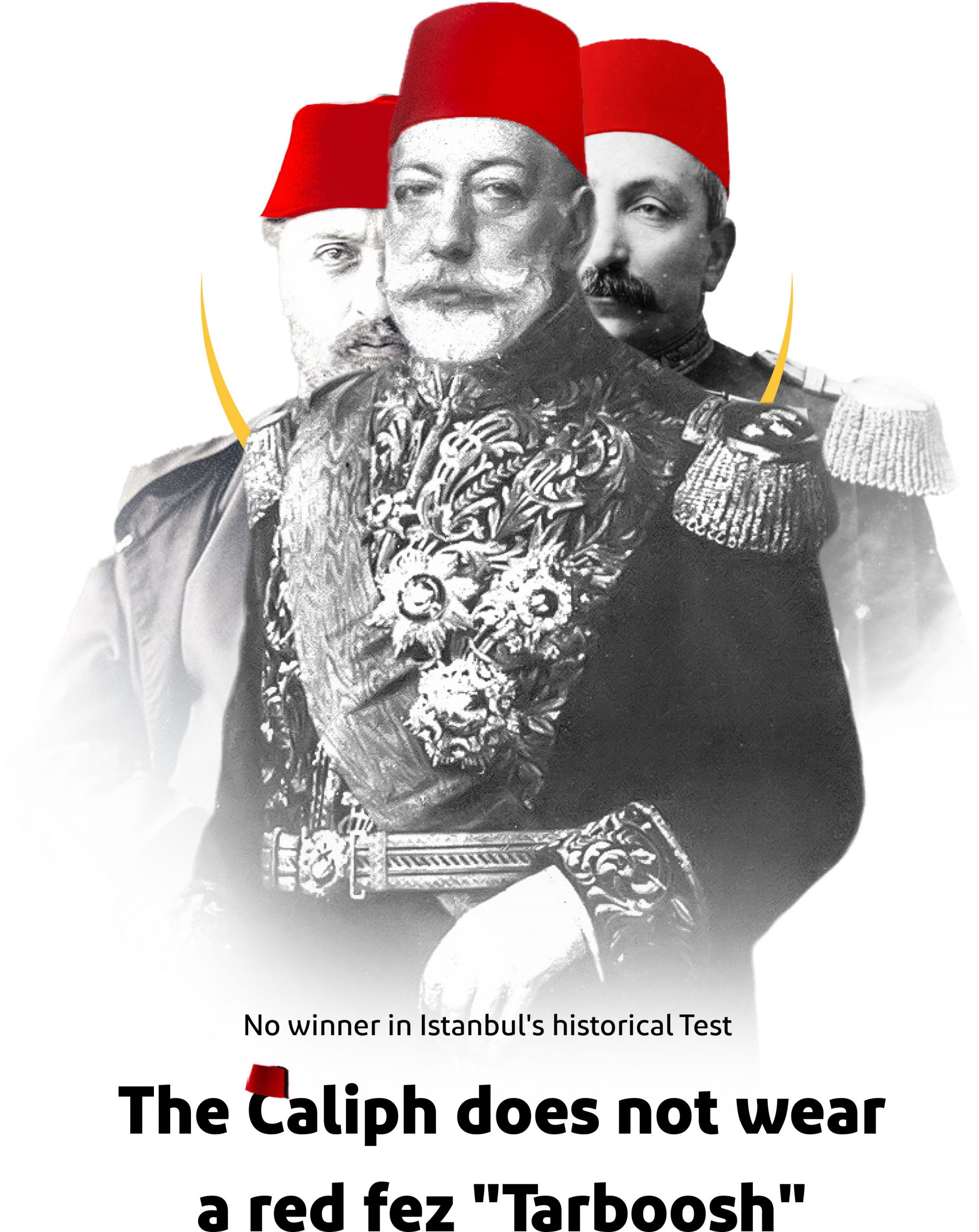
Official petition:
Abdul-Hamid II seeks to legally get the concept of caliphate, but he fails to do so.

Sacredness Acquisition:
Getting rid of Quraysh dynasty
The solutions of Khadija Asfia lets others fall into political hypocrisy

An idiot sharing
Mahmoud II ( the idiot) offers the padishah of Iran to share the title of caliph with him

In the name of the false "Caliphate" "Salim" allowed his soldiers to marry the widow before her 'Iddah (waiting period) ende
Unjustified Bloodshed

1. Abu El- Aalaa El- Mawdody. The caliphate and the kingdom. Translated by Ahmed Idris (Kuwait: ElQalum Publishing house. 1978)
2. Amany El-Ghazy. The Ottoman Empire from the perspective of the orientlists writings in the Islamic
Encyclopedia (Jeddah: the cultural works. 1433)
3. Bruce Masters. The Ottoman Empire’s Arabs. Translated by Abd El- Hakim ( Beirut: Dar ElRafedeen.2018)
4. Hassan bey Hosni. An essay about the summary of issue of caliphate among the Muslims (Cairo. ElMahroosa printing house. 1891)
5. Omar Yalmaz. Sultan Abd El- Hamid Khan II in the documents. Translated by Tarek El-Sayed (Istanbul.
Osmanly publishing house.1999)
6. Muhammad El- Ashmaway. Islamic caliphate. Second edition (Cairo. Sinai publishing house.1992)
7. Muhammad Ibn Iyas. Bada3a El-Zohor Fi Waka3aa El-Dohoor. Revised: Muhammad Mustafa. Third
Edition (Cairo. Books and national documents publishing house.2008)
8. Waleed Fekry. A history in shadow. The sixth edition (Cairo. El- Rewaq publishing house.2018)

